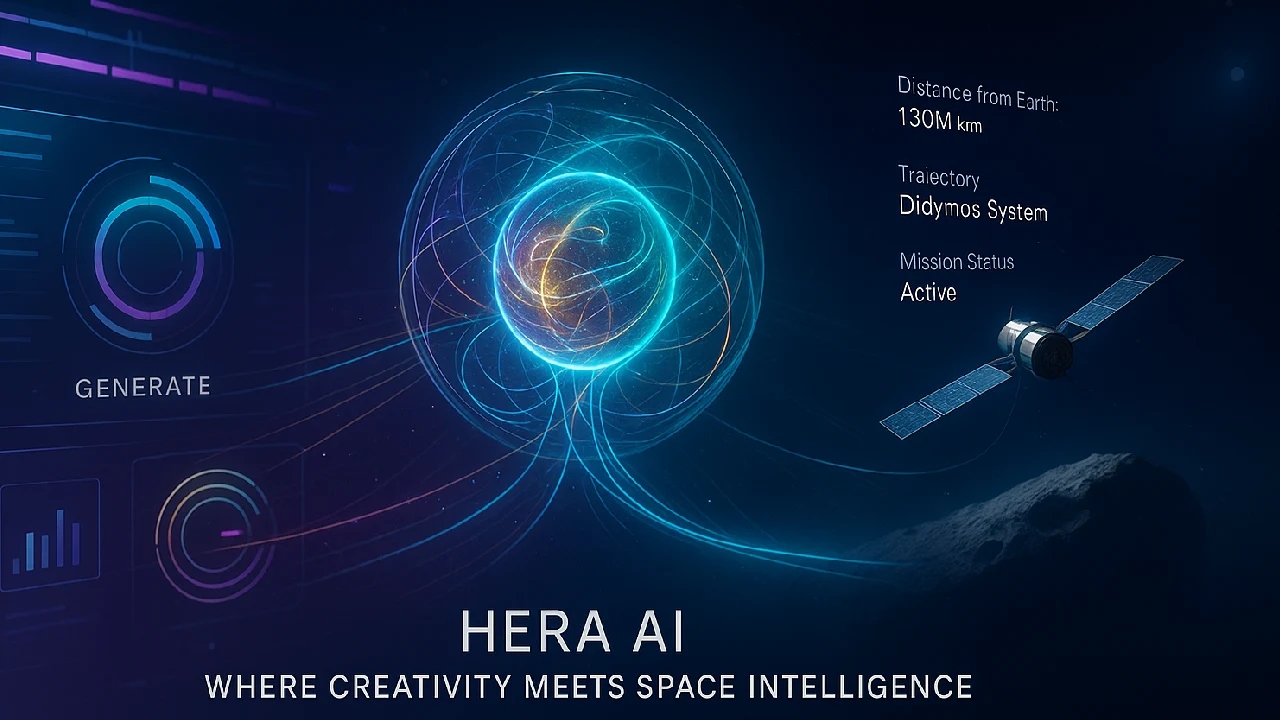NVIDIA Project G-Assist smartens your PC by providing real-time in-game coaching, system optimization, and creative help, all of which operate locally on your RTX GPU without relying on the cloud.

NVIDIA Project G-Assist is an AI helper for gamers and creators that runs locally on GeForce RTX GPUs. What began as a humorous April Fool’s joke in 2017 has evolved into an experimental but serious technology. It provides real-time in-game assistance, system optimization, performance monitoring, and creative workflow support. G-Assist, with its offline AI capability and community-driven plug-ins, has the potential to change the way we interact with PCs.
What is NVIDIA Project G-Assist?
Project G-Assist is NVIDIA’s experimental on-device AI assistant designed to improve gaming and creative experiences. It goes beyond the scope of a chatbot by merging computer vision, local language models, and system integration to provide personalized, context-aware support.
When activated, G-Assist can take photos of your active game window and analyse them with AI vision models. This analysis flows into a Large Language Model (LLM), which is linked to a knowledge base. What was the result? Correct, real-time responses to queries concerning bosses, quests, monsters, and goods. For example, in ARK: Survival Ascended, G-Assist could rapidly explain lore, strategies, or item specifics without interfering with gameplay.
For producers, it provides similar capabilities to productivity apps, helping them through photo or video workflows with fast context-aware assistance.
Project G-Assist Key Features and How It Works
1. Context-Aware Game Help
- Provides intelligent responses based on in-game screenshots.
- Offers strategies for bosses, quests, or items without pausing gameplay.
- Supports both voice and text input for flexibility.
2. System Optimisation and Control
- Instantly adjusts GPU for optimal performance.
- Enables NVIDIA Reflex to cut down system latency.
- Supports GPU overclocking and fan profile management.
- Even manages RGB lighting and peripheral settings for immersive gameplay.
3. Real-Time Diagnostics and Monitoring
- Displays performance stats like FPS, latency, GPU temps, and utilisation.
- Checks for driver updates and installs them directly.
- Provides detailed charts and system insights on demand.
4. Creative Workflow Assistance
- Guides through advanced video editing or photo manipulation tasks.
- Offers step-by-step support with AI-driven context awareness.
- Reduces time spent on trial-and-error in creative projects.
The local AI execution ensures that everything happens rapidly and safely, without the need for internet connectivity.
Community Plug-ins and Expansion
What distinguishes G-Assist is its community-driven plug-in ecosystem. NVIDIA supplies developers with tools, a GitHub repository, and even a ChatGPT-powered “Plugin Builder” to help them create plug-ins quickly.
Examples of available or demonstrated plug-ins include:
- Spotify → control music with natural voice commands.
- Google Gemini → extend to larger cloud-based AI for deeper searches.
- Discord and Twitch → manage streaming and communication.
- Corsair, Logitech, MSI, Nanoleaf → control hardware and lighting setups.
The Plug-In Hub, powered by mod.io, allows users to easily search and install new plug-ins right within G-Assist, ensuring that the assistant advances alongside the community.
Pros and Cons of NVIDIA Project G-Assist
Pros
- Runs locally on RTX GPUs for fast, private responses.
- Works offline, unlike most AI assistants.
- Expansive community plug-in ecosystem.
- Useful across gaming, system monitoring, and creative workflows.
Cons
- Requires at least 6GB of VRAM, limiting older GPUs.
- Some overlap with existing NVIDIA App features.
- Experimental stage means occasional AI errors.
- Currently limited to English support.
Final Take
NVIDIA Project G-Assist is no longer just a fun April Fool’s joke; it’s a bold move toward smarter PCs. For gamers, it’s like having a guidebook, system tuner, and performance analyzer all in one. For creators, it provides context-aware assistance for difficult procedures.
Although experimental, its ability to combine on-device AI performance, system integration, and a plug-in ecosystem makes it a game changer. G-Assist has the potential to become an integral component of any RTX-powered PC as it evolves through user input and community contributions.







